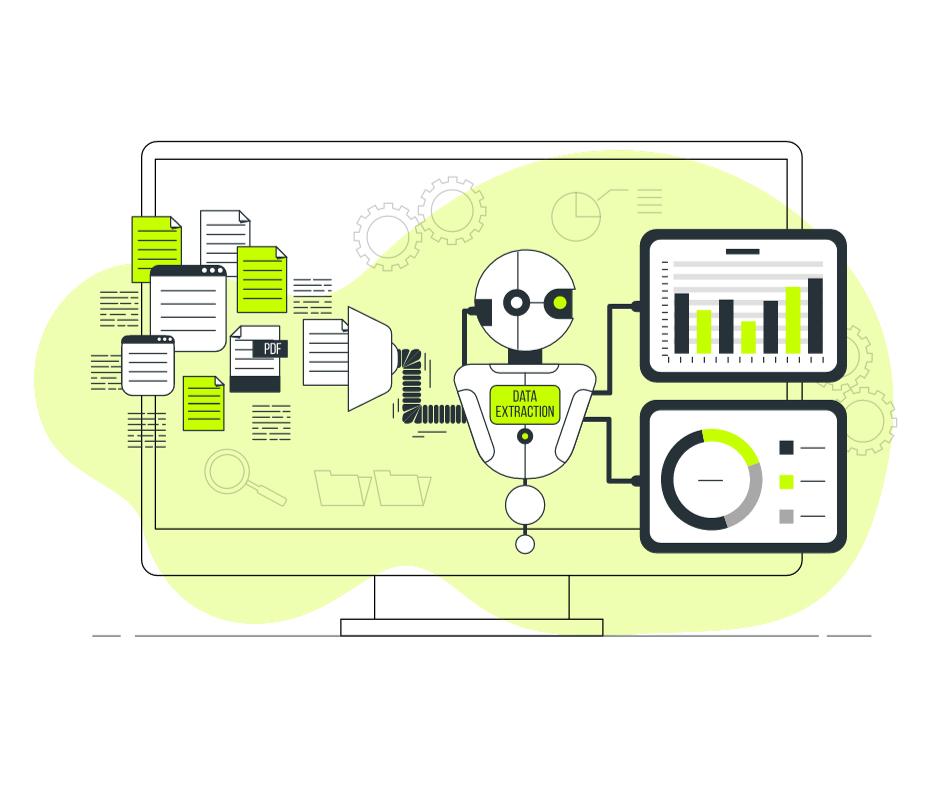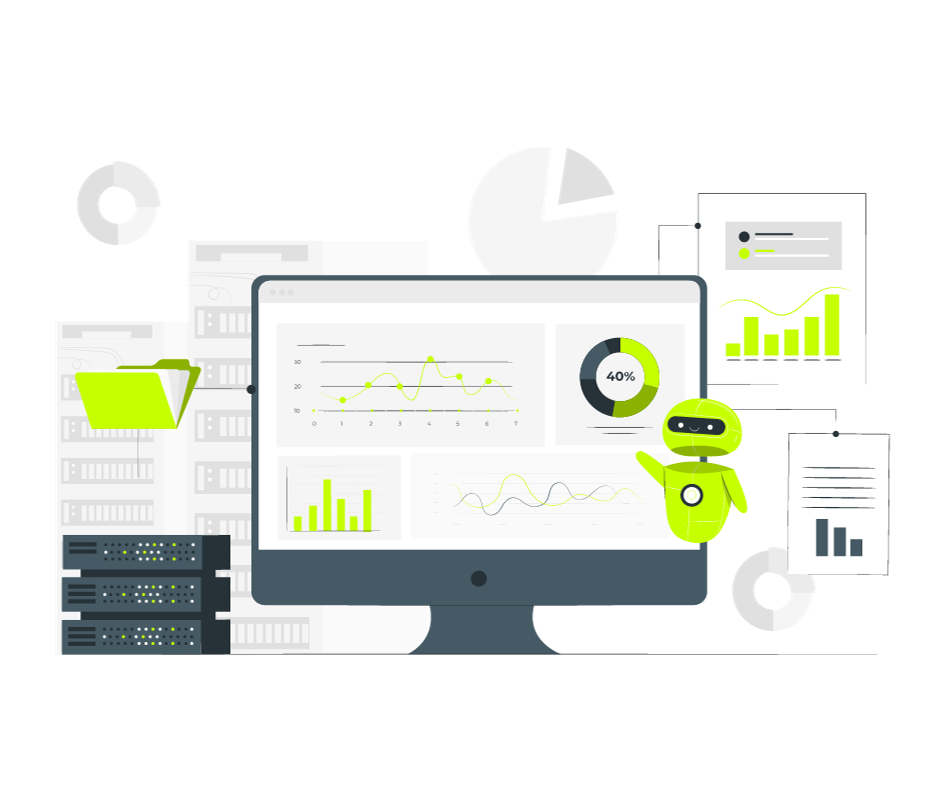
Do you want to harness the power of predictive analytics for your business? Just having a provider isn’t enough. You also need to ensure proper predictive analytics integration with your existing infrastructure.
There are three proven ways to get seamless predictive analytics integration:
- Proper data compatibility
- Regular maintenance and upgrades
- Integration capabilities of predictive analytics software
In this article, we will look into each way in detail. And if you still feel stuck, you can always contact AIT Global to help you out with our expert predictive analytics & recommendation system solutions!
Prioritizing Data Compatibility
Predictive analytics is all about looking into historical data to make predictions about future trends. But in order to get reliable predictions, we must first ensure that the input data is reliable and consistent.
Data compatibility is the very first thing you need to ensure for integrating predictive analytics with your systems. This involves gathering raw data, fixing errors, standardizing the format, and removing redundancies. The process can seem cumbersome, but it is essential to ensure that you get maximum results from your predictive analytics systems.
Risks of Suboptimal Infrastructure Implementation
Before we move on to the other two ways of seamless predictive analytics integration, it is crucial to understand why data compatibility is so important. There are several risks of not having proper infrastructure implementation:
- Inaccurate & unusable models: if the data of your existing systems is not compatible with the data formats of your AI-based predictive analytics systems, then the models generated will be unusable. The results you get will be rife with inaccuracies. It is as they say, “Garbage In = Garbage Out”
- Slow insights: without optimal infrastructure implementation, the insights you get will be at a slower pace. Additionally, these insights won’t have the reliability or credibility to support significant business decisions.
- Failure to meet business goals: inaccurate forecasts and unusable models will ultimately lead to failure in meeting the business goals that the predictive analytics system was intended to fulfil.
Regular Maintenance and Upgrades

Now we come to the second proven way of getting the most out of your predictive analytics systems: regular maintenance and upgrades.
Once you attain the required data compatibility and put all infrastructure in place, your predictive analytics system will start forecasting and generating meaningful insights. However, the story doesn’t end there.
Maintaining your predictive analytics systems is an ongoing process. You need to constantly ensure that the systems are upgraded to meet the changing business needs. This will ensure consistent accuracy in the predictions made by your systems.
Leveraging Integration Capabilities

Lastly, the integration capabilities of predictive analytics software have made it easier for companies to seamlessly integrate new AI-based systems with their existing infrastructure. Having the capability to leverage these integration capabilities of your predictive analytics system will make the integration process smoother and more efficient.
Common Challenges in Predictive Analytics Integration
The challenges that companies often face in predictive analytics integration are commonly in the form of lack of either resources or expertise and often both. Here are some common areas where you might face challenges in predictive analytics integration:
- Lack of connectors: connectors are what help you access the large pool of data from different sources like databases, data lakes, CRMs, APIs, etc. Without adequate connectors, you won’t be able to access quality data. This will cause obstructions from the very first step of predictive analytics.
- Lack of interfaces: interfaces are where your predictive models will be deployed to process the data you have collected. Without adequate interfaces, you run the risk of inaccurate models and unusable output.
- Inability to automate: in today’s era of digitization, most things can be automated. Even if you have the proper tools and resources, the inability to automate your predictive analytics systems will lead to high running costs and may almost nullify the benefits of accurate predictions.
- Lack of governance: this is what you’ll need for proper maintenance and regular upgradation of your predictive analytics systems. Without precise governance, you may not be able to harness the complete potential of your predictive analytics systems.
AIT Makes Predictive Analytics Easy For You
AIT Global has proven expertise in predictive analytics use cases. We can help you manage seamless predictive analytics integration with adequate resources and subject expertise. AIT Global has everything you need to harness the maximum potential of predictive analytics. Drive growth and transform your business with the power of insight. Contact us today!
